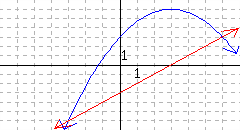Objectives: PCC Course Content and Outcome Guide
[cross-reference to target(s) "ccog-graphically-solve-quadratic-and-absolute-value-inequalities" missing or not unique][cross-reference to target(s) "ccog-graphically-solve-function-inequalities" missing or not unique]

















